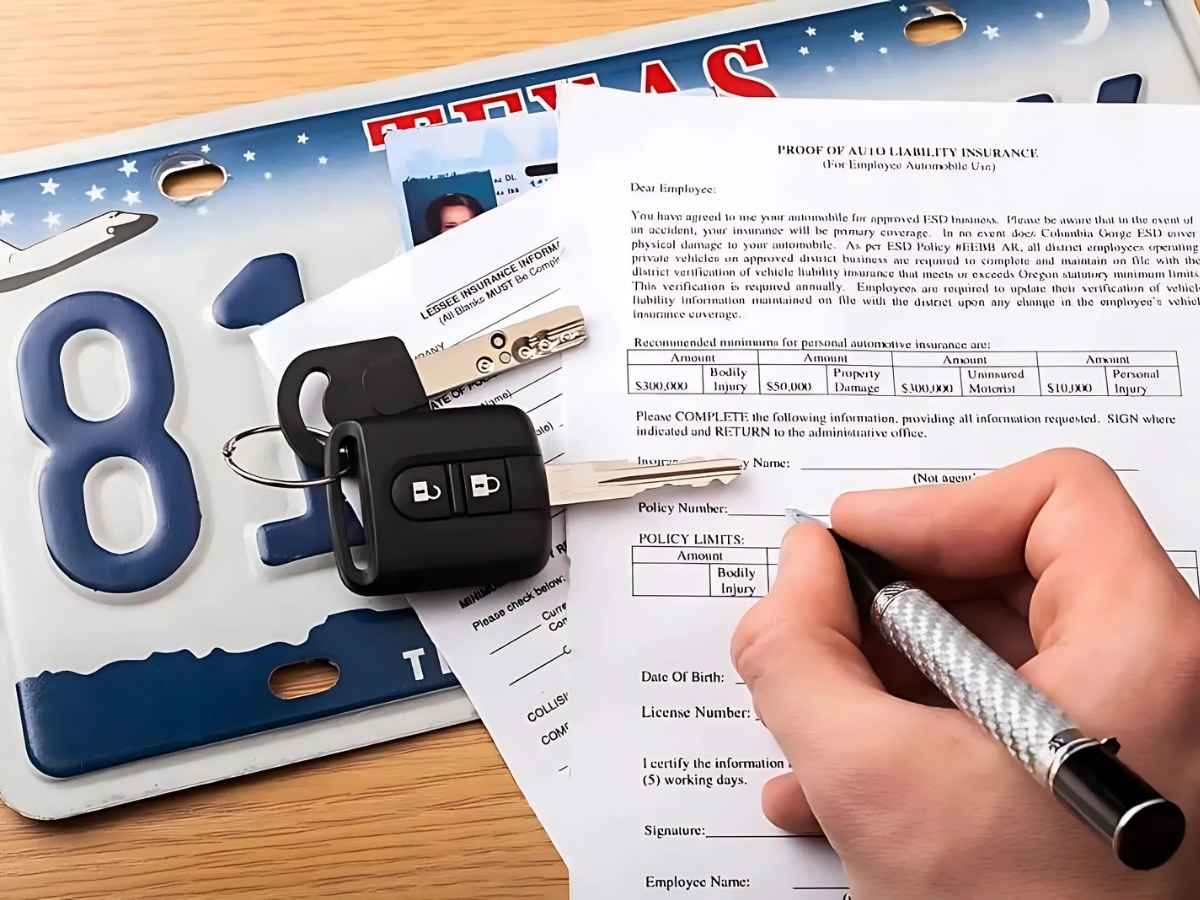Moving to Texas with a car can feel overwhelming at first—but a little preparation goes a long way. For newcomers moving to Dallas-Fort Worth, understanding the steps to register your vehicle, update your license, and navigate local road systems will help you avoid fines, delays, and confusion.
Texas does things a bit differently when it comes to cars. From inspection requirements to toll road tags, there’s a learning curve for anyone moving to Texas with a car. This guide walks through everything DFW newcomers need to know, ensuring your transition to Texas road life is smooth and stress-free.
Registering Your Vehicle in Texas
New residents have 30 days from the time they establish residency to register their vehicles in Texas. This is not something you want to delay—driving with out-of-state plates after that deadline can result in fines and penalties. To register your vehicle, you’ll need to complete three important steps in order: vehicle inspection, proof of insurance, and registration through your local county tax office.
Start with a Texas state inspection, which includes emissions testing if you live in an affected county. Next, secure Texas liability insurance. Once those are done, head to your local DMV office. Dallas County residents can visit the Dallas County Tax Office while Fort Worth residents should go to the Tarrant County Tax Assessor-Collector. You can find a complete checklist and more registration resources at the Texas Department of Motor Vehicles.
Getting a Texas Driver’s License
After moving to Texas with a car, the next priority is updating your driver’s license. The state requires new residents to obtain a Texas driver’s license within 90 days of establishing residency. To do this, bring your current license, proof of identity (like a birth certificate or passport), Social Security number, and two documents verifying your Texas address to your local Texas Department of Public Safety (DPS) office.
In the Dallas-Fort Worth area, DPS locations include Dallas DPS Mega Center, Garland Driver License Office, Fort Worth Mega Center, and Arlington Driver License Office. Wait times vary, so scheduling an appointment online is highly recommended.
Vehicle Inspections in the DFW Area
As of January 1, 2025, non-commercial vehicles are no longer required to obtain a safety inspection prior to vehicle registration in Texas. However, emissions testing is still required in specific counties, including Dallas, Denton, Collin, and Tarrant.
While safety inspections are no longer mandatory for non-commercial vehicles as of 2025, emissions testing remains in place for specific counties—including Dallas, Denton, Collin, and Tarrant—to ensure vehicles meet environmental standards. You must pass this emissions inspection (if required by your county) before registering your vehicle.
Some reputable and convenient inspection stations around DFW include Kwik Kar of Frisco, Kwik Kar Lube & Auto Repair Dallas, and DFW State Inspection in Arlington. Most inspections cost between $25–$40, depending on your vehicle and county. Keep your Vehicle Inspection Report (VIR) as it’s required for registration.
Insurance Requirements in Texas
Texas state law requires minimum liability coverage of $30,000 for each injured person, up to $60,000 per accident, and $25,000 for property damage—often called 30/60/25 coverage. Make sure your insurer meets Texas standards before you register your car.
Many insurance companies offer relocation-friendly policies. Providers like GEICO, State Farm, and Allstate have agents throughout DFW who are experienced in helping newcomers understand Texas-specific insurance options. Be sure to compare quotes and consider bundling policies to maximize savings.
Toll Roads and Texas Tags
If you’re moving to Texas with a car, understanding toll roads is essential, especially in the Dallas-Fort Worth area. DFW has three different toll systems: TxTag, TollTag, and EZ TAG. Each works in different parts of the state, but they’re all interoperable across Texas tollways.
If you’ll be based in Dallas or the surrounding areas, NTTA’s TollTag is the most convenient. You can sign up online through the North Texas Tollway Authority. Fort Worth drivers may also consider TxTag, available through the Texas Department of Transportation. All tags work across Texas, but choosing the one that aligns with your driving routes is smart.
Without a tag, toll fees are higher and billed by mail, often with added administrative charges. Signing up for a tag also means you can breeze through toll booths without slowing down.
Tips for Long-Distance Movers Bringing a Car to Texas
If you’re moving to Texas with a car from another state, you have two main options: drive it yourself or hire an auto transport service. If you drive, factor in gas, lodging, and the wear and tear on your vehicle. Be prepared for changing road conditions and long stretches of rural highway.
Auto transport companies like Montway Auto Transport, Sherpa Auto Transport, and AmeriFreight specialize in long-distance moves and offer door-to-door delivery. If your car is leased or financed, contact your lender in advance—some loans require you to update your registration or notify them of state-to-state moves.
Also, check for any emissions or safety inspection waivers that might apply to recently purchased or newer model vehicles. And remember: even if your tags haven’t expired in your previous state, you’ll still need to follow Texas’ 30-day rule.
Final Thoughts
Moving to Texas with a car doesn’t have to be stressful. With the right checklist and a little research, DFW newcomers can easily handle everything from inspections to toll tags. Make sure to act within the first 30–90 days of your move to avoid fees and stay legal.
For more info, visit the Texas Department of Motor Vehicles, NTTA TollTag, and the Texas Department of Public Safety for license updates. Getting your car road-ready in Texas is one more step toward calling the Lone Star State home.
Request your free Destination DFW Relocation Guide here




